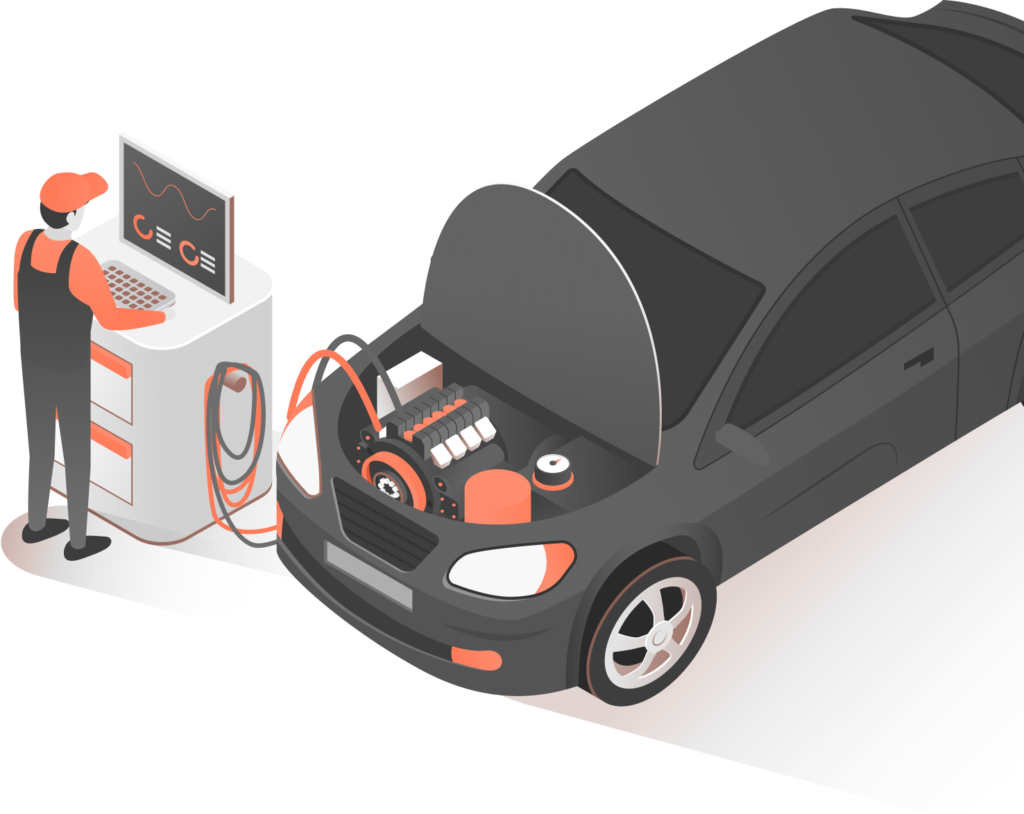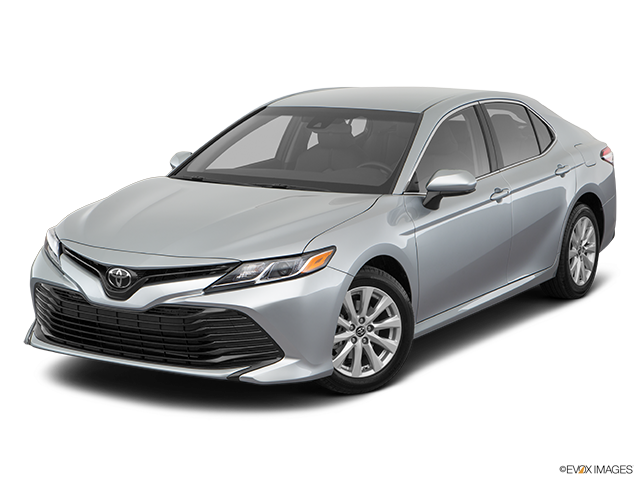A brake caliper bracket is a component of a disc brake system in a vehicle. The bracket is designed to suspend the brake pads along the sides of the brake rotor and provide a mounting surface upon which the brake caliper freely rides.
Attached to each wheel is a thick, heavy metal disc called a brake rotor (the “disc” in disc brakes). The rotor spins along with the wheel when your vehicle is moving. Sandwiched around the rotor is a pair of brake pads that grab hold of the rotor when you want to stop. The brake caliper acts as a hydraulic clamping device that presses the suspended pads against the rotor when you press on the brake pedal.
The caliper bracket typically features a set of channels in which the brake pads slide toward and away from the rotor, depending on whether the calipers are applying force or not. The bracket also accepts a pair of lubricated slide pins upon which the caliper itself can travel. The caliper bracket is bolted to the suspension (steering) knuckle.
Because your brakes sit so close to the ground, the brake calipers and caliper brackets are subject to all sorts of contamination from dirt, dust, snow, and salt. As a result, corrosion can form on the caliper bracket and around the caliper slide pins. The lubricant used for the slide pins can also leak out due to a bad slide pin boot and cause the caliper to seize in the bracket.
In order to replace a caliper bracket, a technician will first need to lift and support your vehicle in the air and remove the wheel and tire. From there, a typical caliper bracket replacement will include the following steps:


Problems with brake system components can lead to some serious safety concerns if not addressed in a timely manner. A bad brake caliper bracket is no exception. And while it might not be considered a “wear item” the way brake pads or rotors are, brake caliper brackets often need replacement. Especially in environments that see a lot of rain, snow, and salt.
The major concerns with a brake caliper bracket are corrosion and lack of lubrication. If corrosion builds up along the surface where the brake pads travel, the pads will be unable to move as they should - or not move at all. And if the caliper pins upon which the caliper travels become seized, the caliper will either stick open or stick shut. The results would lead to the following symptoms of a bad brake caliper bracket:




This is demo Question
This is demo Answer

Related Parts
